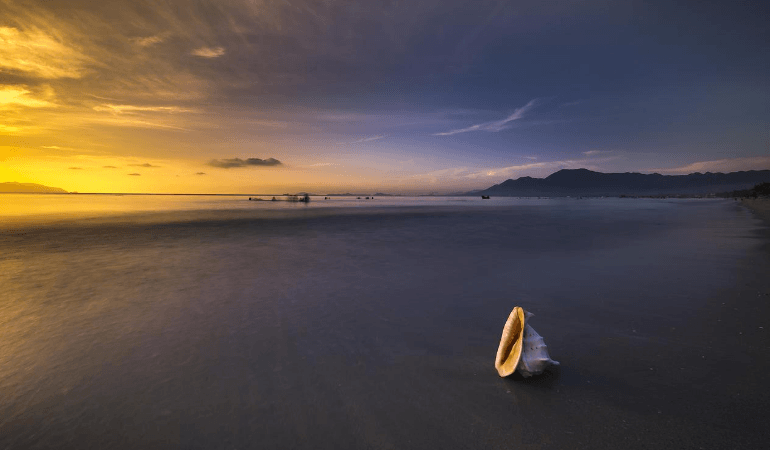In order to induce the foremost natural coloration in a picture, fashionable digital cameras permit you to decide on a setting that matches the color solid of the most source of illumination illuminating the topic. Auto White Balance: The camera mechanically adjusts the image’s recorded color supported the color solid of the most source of illumination. Opt for and use this setting! The motor vehicle nearly always produces terribly shut colors beneath a large type of lighting things. The term "white balance" originates from the globe of video imaging wherever a tool (waveform monitor) was wont to match or "balance" the signals from the camera's red, green, and blue channels to form correct whites beneath numerous lighting conditions, so equalization you’re white. During this article, we'll use "white balance" for digital cameras during a similar sense: the method of your light source's color temperature accurately, supported your lighting conditions and victimization that info to properly balance your whites and colors.
Symptoms of poorly set white balance
If your camera's white balance is ready incorrectly, or if your camera selected the incorrect algorithmic program for color temperature, then you'll observe a color run up your image: it'll either look slightly blue, slightly orange, or slightly inexperienced. a coffee color temperature shifts light-weight toward the red; a high color temperature shifts light-weight toward the blue. Totally completely different light sources emit light-weight at different color temperatures, and so the color solid. Let's take a glance.What are the color temperature and the way is it measured?
Color temperature is effectively the heat that's emitted from a light-weight supply, and also the impact that temperature has on the intensity of any explicit colorize the color spectrum. As an example, a two hundred W bulb has a lot of intensity within the orange/red finish and shows purples and blues with little intensity. This makes your icon seem "warm". Daylight has equivalent intensity across the entire spectrum, thus you see purples and blues with an equivalent intensity as oranges and reds. However shade or a heavily overcast sky has a lot of intensity within the blue/purple finish, thus your oranges and reds can have little intensity. This makes your icon seem "cool". Here are some samples of color temperatures from common light sources: 1500 K: candle light-weight 2800 K: sixty W bulbs 3200 K: sunrise and sunset (will be plagued by smog) 3400 K: wolfram lamp (ordinary family bulb) 4000-5000 K: cool white fluorescent bulbs 5200 K: bright high noon sun 5600 K: electronic icon flash. 6500 K: heavily overcast sky 10000-15000 K: deep blue clear sky Newer light-weight sources, like fluorescent and different artificial lighting, need additional white balance changes since they'll build your photos seem either inexperienced or magenta.How will a camera auto-detect white balance?
Your camera searches for a point of reference in your scene that represents white. It’ll then calculate all the opposite colors supported this white purpose and also the celebrated color spectrum. The information measured from its R G B sensors is then run through a full ton of numbers and planned equations to work out that white balance setting is possible to be correct. Remember, white balance is that the automatic adjustment that creates certain the white color humans observe also will seem white within the image. Setting your camera's white balance to AWB can offer color accuracy beneath several conditions. Your camera can alter the white balance between 4000K - 7000K employing a best guess algorithmic program. Motor vehicle white balance may be a good selection for things wherever the sunshine changes over time and speed is a difficulty (e.g. animal photography, sports photography). However, you ought to avoid victimization motor vehicle white balance settings within the following situations: 1) Your scene is heavily dominated by one color 2) Color accuracy is totally imperative 3) You're photographing very hot or cool scenes (e.g. a sunset)


